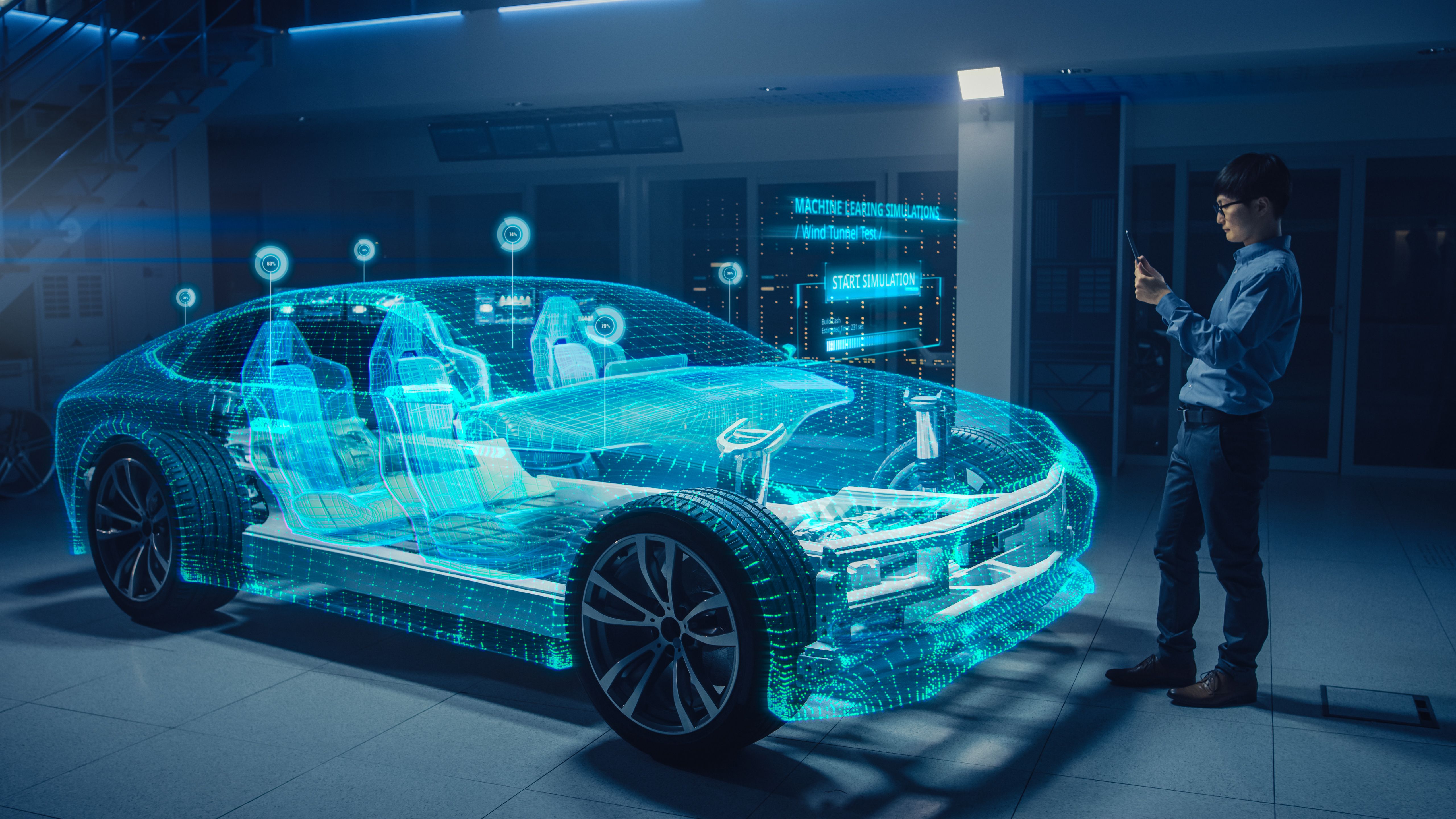Combatting complexity through product engineering

Dibbe Edwards discusses product lifecycle management, how AI can help reduce complexity and the software-based transformation of the automotive industry.
With the ever-increasing complexity of the products around us, companies are finding a coherent strategy towards product engineering has never been more necessary. Dibbe Edwards is Vice President, Offering Management for IBM’s Engineering Lifecycle Management portfolio, a group of five products relating to the development lifecycle of systems and software.
Explaining her team’s responsibilities, Edwards says: “We are responsible for everything from the strategy of the offerings that we deliver to client interaction. We really get involved in the industries and with our clients to ensure that our offerings meet their needs in the present and anticipate their needs for the future.”
Lifecycle management means consideration of a product in all phases of its development, an already complex endeavour that has only become more head-scratching as technology progresses. It is this problem that IBM’s platform is targeted. “What our solution does is support traceability across that entire lifecycle. So it allows you to be able to link your models with your requirements, with all of your change management and source code, and then also your testing.” That’s necessary for a number of reasons, as Edwards explains. “First of all, they want to make sure that they're building a product that meets requirements.
In many industries, it’s necessary to prove compliance, and that means they can have a single source of the truth for their global engineering teams to work from. The complexity, the global nature of these transforming industries, means they really need a digital representation of the products that they're working on.”

As the proprietor of one of the more famous AI systems around, IBM Watson, it’s little wonder the company also turns its capabilities towards this problem too. “We’re bringing our Watson capability to the platform and to all of the available engineering data to help the engineers, whether they be test engineers, systems engineers, project leaders or executives to help them make better decisions.”
IBM is also using its natural language processing capabilities to help engineers conform to the International Council on Systems Engineering’s standards on writing clear, concise and correct requirements. “We've embedded that AI assistant right inside of the requirements tool itself and it assists the engineers and helps them to make sure that their requirements are clear.”
“Our focus industries are those that are building complex systems. Automobiles, aeroplanes, medical devices - anything with that level of complexity. What we see happening in those industries is that software is really becoming much more of a differentiator.” This is perhaps most perceivable in the automotive industry, with disruptors like Tesla considered the second most valuable car company in the world despite making a tiny fraction of vehicles compared to competitors.
Daimler is one of IBM’s clients and is, as Edwards explains, responding to that trend. “They believe and are seeing that the real differentiation in the products and the cars that they deliver in the future will be the experience that they offer to the driver. Their view is that that experience is driven, not as much by the more traditional, metal parts of the car like the engine, but more by the software that the engineers deliver.”
SEE ALSO:
- IBM's seven steps to digital transformation
-
IBM: building a digital ecosystem to support the mine of the future
- The latest edition of Technology Magazine
Staying afloat in a changing industry will require responding to such trends by increasing the pace. “The cycles of their vehicles had been five-plus years in terms of coming out with new versions of their cars. They can't do that anymore. They want to be able to do that in months, not years, and so they're looking for engineering strategies that allow them to accelerate their time to market while maintaining their quality.”
That pressure is created by trends such as autonomous vehicles, and the competition to bring the technology to the market, with significant ramifications for product development. “Think about the complexity of being able to engineer deterministic systems like we have today, where we know how the system is supposed to behave. But as companies start to build systems that learn, how do you create requirements for that, how do you test and validate a system that continues to learn?”
This trend for ever-increasing complexity in products shows no signs of abating, meaning the ways they are engineered has to change to match. “What we're seeing is just going to continue to get more complex. For many of these companies, from a DevOps perspective, Tesla has set the standard. Many of the more traditional automotive companies want to get to the point where they can be more agile.” Edwards is confident that IBM can provide the tools to make that possible. “We'll continue to evolve the engineering process, infusing our tools with AI to help engineers to be able to work faster and smarter.”






